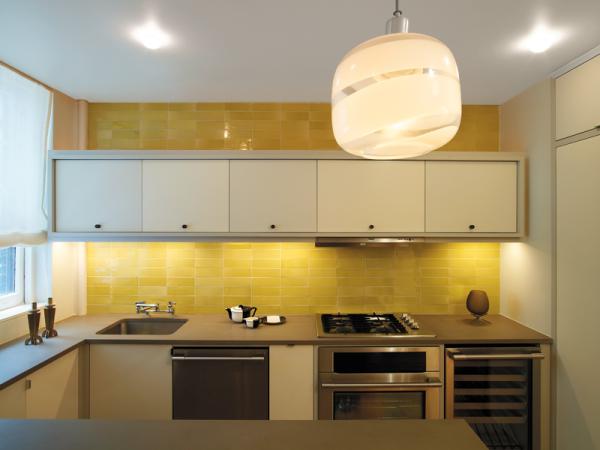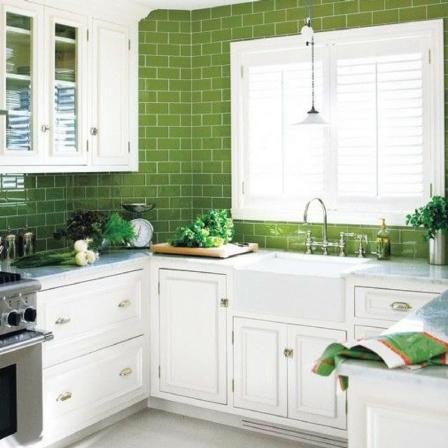Removing ceramic or floor tiles is a simple operation in terms of technology but a challenging task in terms of skills. When you wish to substitute a floor ceramic tile with another type of flooring, you must first remove the existing ceramic tile. While some kinds of flooring may be laid directly over the old ceramic tile, it can increase the total thickness of the surface to the point that it is no longer practicable. Porcelain ceramic tiles may normally be installed directly over existing ceramic tiles, but if you’re replacing hardwoods, laminates, or new ceramic tiles, you’ll need to remove the old ones first.
 Especially with older systems, it may be exhausting labor. However, because removing is such an unskilled task, doing it yourself might save you a lot of money. It’s usually advisable to shatter the tiles first with a special tool or hammer before removing the ceramic tiles. Although we are employing manual tools, power tools are also available to make the process easier. If the tile is being laid on a firm mortar cement base or a concrete slab, a hammer drills with a chisel tool or roto-hammer with even a spade bit might help speed up the process. On the other hand, a hammer drill may wreak havoc on a veneer or cement board foundation, so be prepared to do some subfloor repair if you use it. Be cautious that removing tiles might create a lot of dust. To safeguard your air conditioning system and guarantee dust particles do not fly through your house or workplace unnecessarily, tape off your workspace using plastic sheeting. Always use goggles, safety glasses, ear protection, and hard work gloves when removing tile. The hammering and chiseling process can cause fragments of tile or cement to fly into your eyes, causing significant injury.
Especially with older systems, it may be exhausting labor. However, because removing is such an unskilled task, doing it yourself might save you a lot of money. It’s usually advisable to shatter the tiles first with a special tool or hammer before removing the ceramic tiles. Although we are employing manual tools, power tools are also available to make the process easier. If the tile is being laid on a firm mortar cement base or a concrete slab, a hammer drills with a chisel tool or roto-hammer with even a spade bit might help speed up the process. On the other hand, a hammer drill may wreak havoc on a veneer or cement board foundation, so be prepared to do some subfloor repair if you use it. Be cautious that removing tiles might create a lot of dust. To safeguard your air conditioning system and guarantee dust particles do not fly through your house or workplace unnecessarily, tape off your workspace using plastic sheeting. Always use goggles, safety glasses, ear protection, and hard work gloves when removing tile. The hammering and chiseling process can cause fragments of tile or cement to fly into your eyes, causing significant injury. 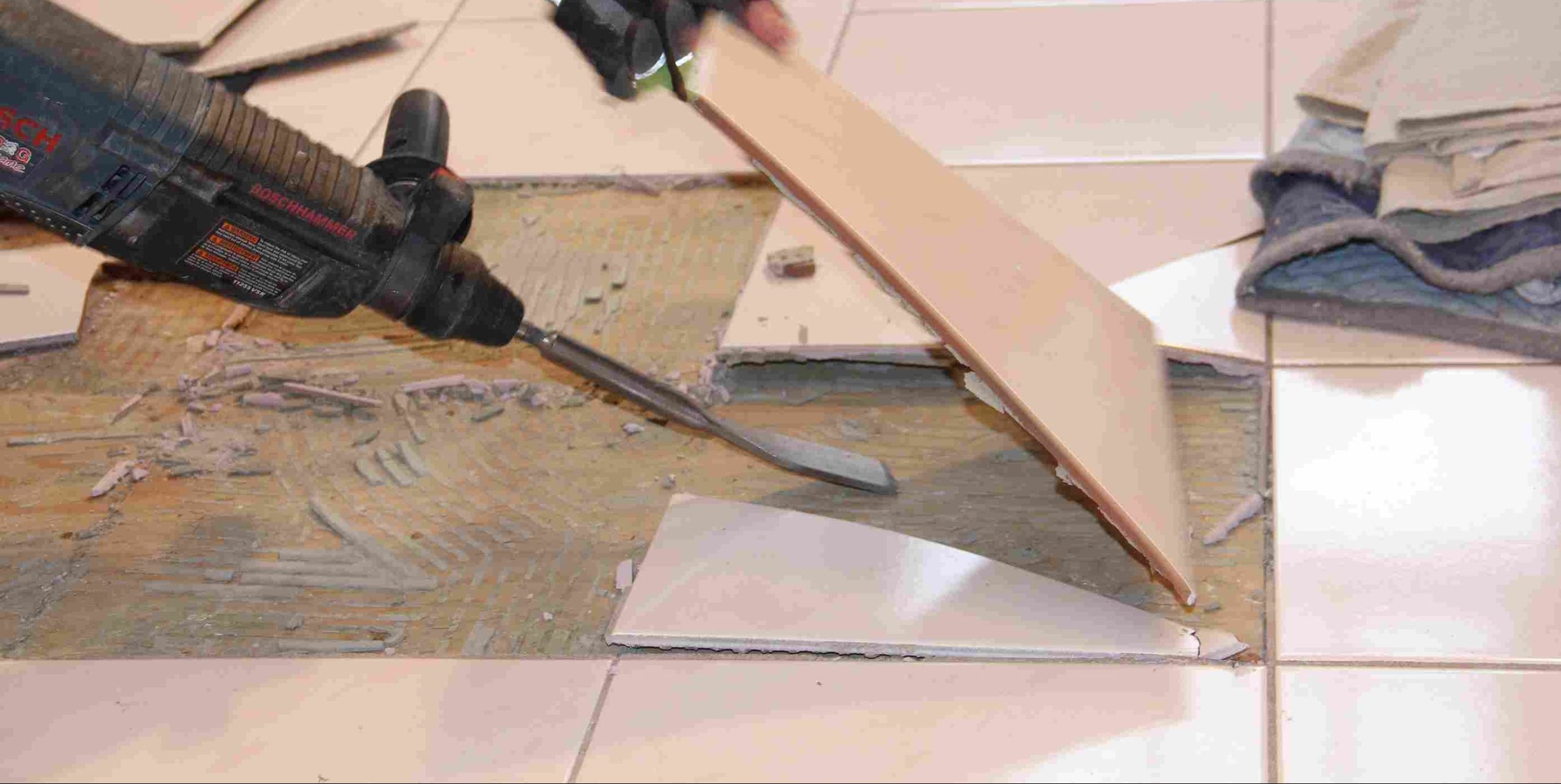 When breaking tiles, the bits can be pretty sharp; therefore, wear a suitable shirt when completing this demolition. Concerning large flooring, ceramic tile destruction may create a lot of debris. To handle the trash, you might consider renting a roll-off dumpster. Once the ceramic tiles are removed, narrow adhesives and grout that remain glued to the underlayment may need to be removed using a sledgehammer and masonry chisel. This can vary depending on the scale of the project and the needs of the new flooring, but in general, you want the floor to be as clean as possible after removing the old tile layer. Your new flooring will almost certainly require a smooth underlayment, which these little tools may assist you with. Removing the old tiles is a sensitive task as the clearness of this process will affect the new coating’s elegance.
When breaking tiles, the bits can be pretty sharp; therefore, wear a suitable shirt when completing this demolition. Concerning large flooring, ceramic tile destruction may create a lot of debris. To handle the trash, you might consider renting a roll-off dumpster. Once the ceramic tiles are removed, narrow adhesives and grout that remain glued to the underlayment may need to be removed using a sledgehammer and masonry chisel. This can vary depending on the scale of the project and the needs of the new flooring, but in general, you want the floor to be as clean as possible after removing the old tile layer. Your new flooring will almost certainly require a smooth underlayment, which these little tools may assist you with. Removing the old tiles is a sensitive task as the clearness of this process will affect the new coating’s elegance.
Ceramic tiles installation cost
The installation cost of ceramic tiles depends on some factors. Ceramic tile installation is a physical achievement of the tiling project. The quality of the tiled surface will be determined by how professionally and properly the installation is completed. 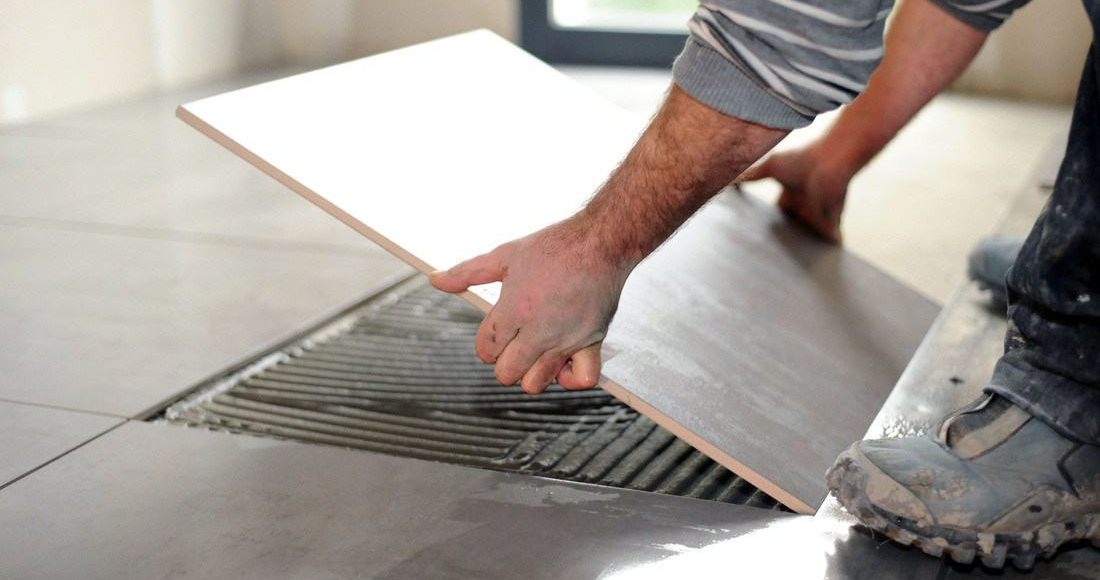 This process is overseen by an expert tiler who selects an appropriate design for the work according to the product’s level, size, and measurements. Ceramic and tiling expenses can be estimated in two ways. After viewing the chosen area, ceramics and tile installation experts use the check technique or pay a visit to provide a quote. This price is normally set or updated on a daily basis. For surfaces below 20 square meters, like bathroom tiles, the check calculation approach is commonly employed. Metering technique: Workers declare the anticipated installation quantity in square meters while using the ceramic metering method. Of course, the cost of installing ceramic tiles is determined by a number of criteria, including the size and location of the tiles, the amount of preparation, and the technique of installation. The cost of placing tiles varies depending on the size of the tiles. Installing 120 × 60 ceramic tiles, for example, is a specialist and needs more energy. Because of the instruments required for installation, the cost of installing porcelain slabs is higher.
This process is overseen by an expert tiler who selects an appropriate design for the work according to the product’s level, size, and measurements. Ceramic and tiling expenses can be estimated in two ways. After viewing the chosen area, ceramics and tile installation experts use the check technique or pay a visit to provide a quote. This price is normally set or updated on a daily basis. For surfaces below 20 square meters, like bathroom tiles, the check calculation approach is commonly employed. Metering technique: Workers declare the anticipated installation quantity in square meters while using the ceramic metering method. Of course, the cost of installing ceramic tiles is determined by a number of criteria, including the size and location of the tiles, the amount of preparation, and the technique of installation. The cost of placing tiles varies depending on the size of the tiles. Installing 120 × 60 ceramic tiles, for example, is a specialist and needs more energy. Because of the instruments required for installation, the cost of installing porcelain slabs is higher. 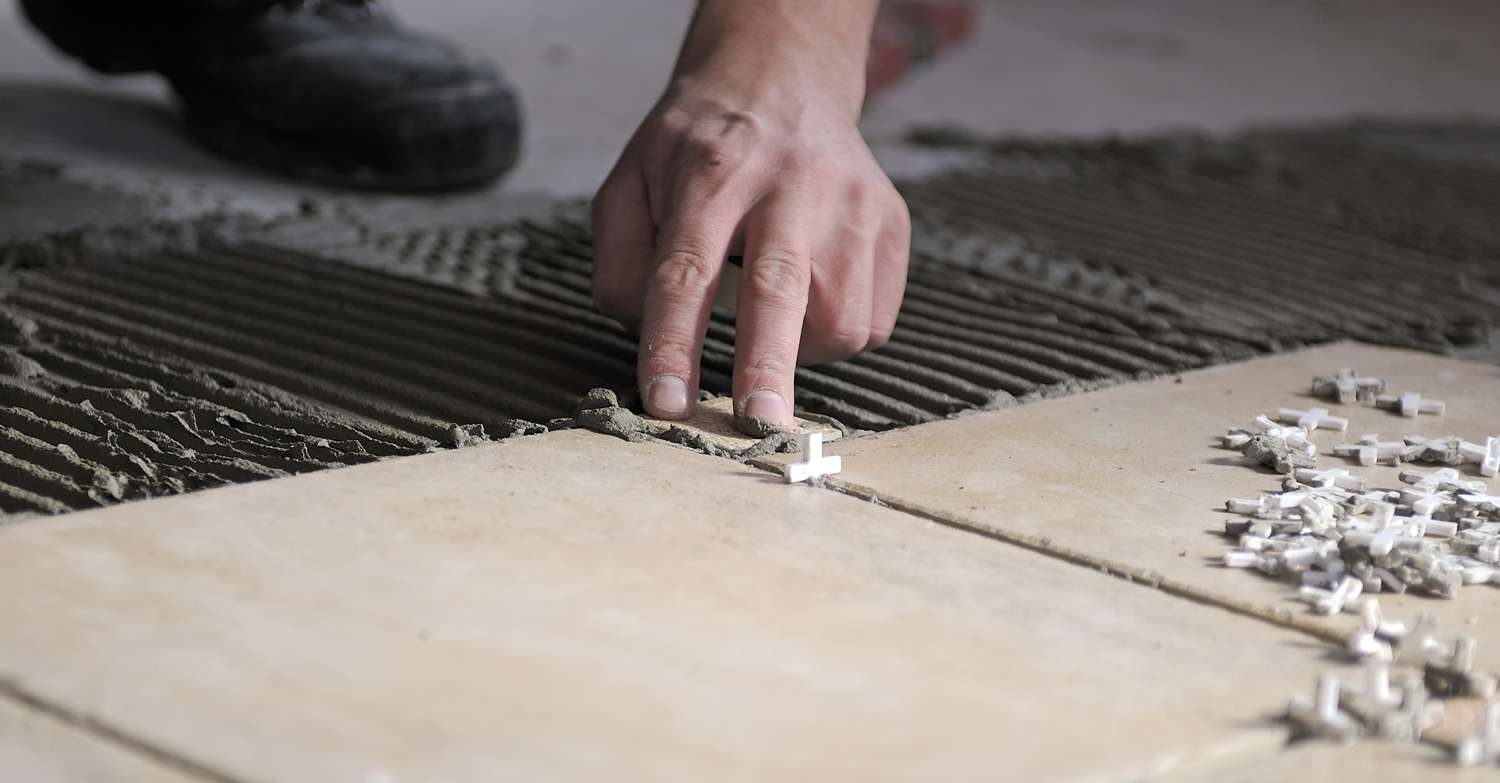 Because of the humidity in the area, toilets must be built with cement and grout; however, for moist environments in new construction, installation must be done with bitumen or gypsum, and extra care should be given when placing the corners of walls behind valves, and tiny places in general. As a result, the ceramic tile installation charge is higher than those of other regions, and the cost should be estimated generally; since the cost in terms of location is not cheap when considering the effort and time necessary. When it comes to house tiling, hiring an expert installation is crucial. In addition to aesthetic issues, improper tile installation can lead to technical and installation issues such as water leaks and dampness. A skilled and experienced tiles installer would often charge more than an amateur tile maker. The amount of cost will vary based on the skill level and expertise of the installer for fitting ceramic tiles in a selected area. To put it another way, the installer may be quite skillful, but he has just tiled in the kitchen and has no expertise installing inside the bathroom. It is normal to pay extra for tile installation if you want your house tile work to be excellent and you want to leave the task to a more experienced professional.
Because of the humidity in the area, toilets must be built with cement and grout; however, for moist environments in new construction, installation must be done with bitumen or gypsum, and extra care should be given when placing the corners of walls behind valves, and tiny places in general. As a result, the ceramic tile installation charge is higher than those of other regions, and the cost should be estimated generally; since the cost in terms of location is not cheap when considering the effort and time necessary. When it comes to house tiling, hiring an expert installation is crucial. In addition to aesthetic issues, improper tile installation can lead to technical and installation issues such as water leaks and dampness. A skilled and experienced tiles installer would often charge more than an amateur tile maker. The amount of cost will vary based on the skill level and expertise of the installer for fitting ceramic tiles in a selected area. To put it another way, the installer may be quite skillful, but he has just tiled in the kitchen and has no expertise installing inside the bathroom. It is normal to pay extra for tile installation if you want your house tile work to be excellent and you want to leave the task to a more experienced professional. 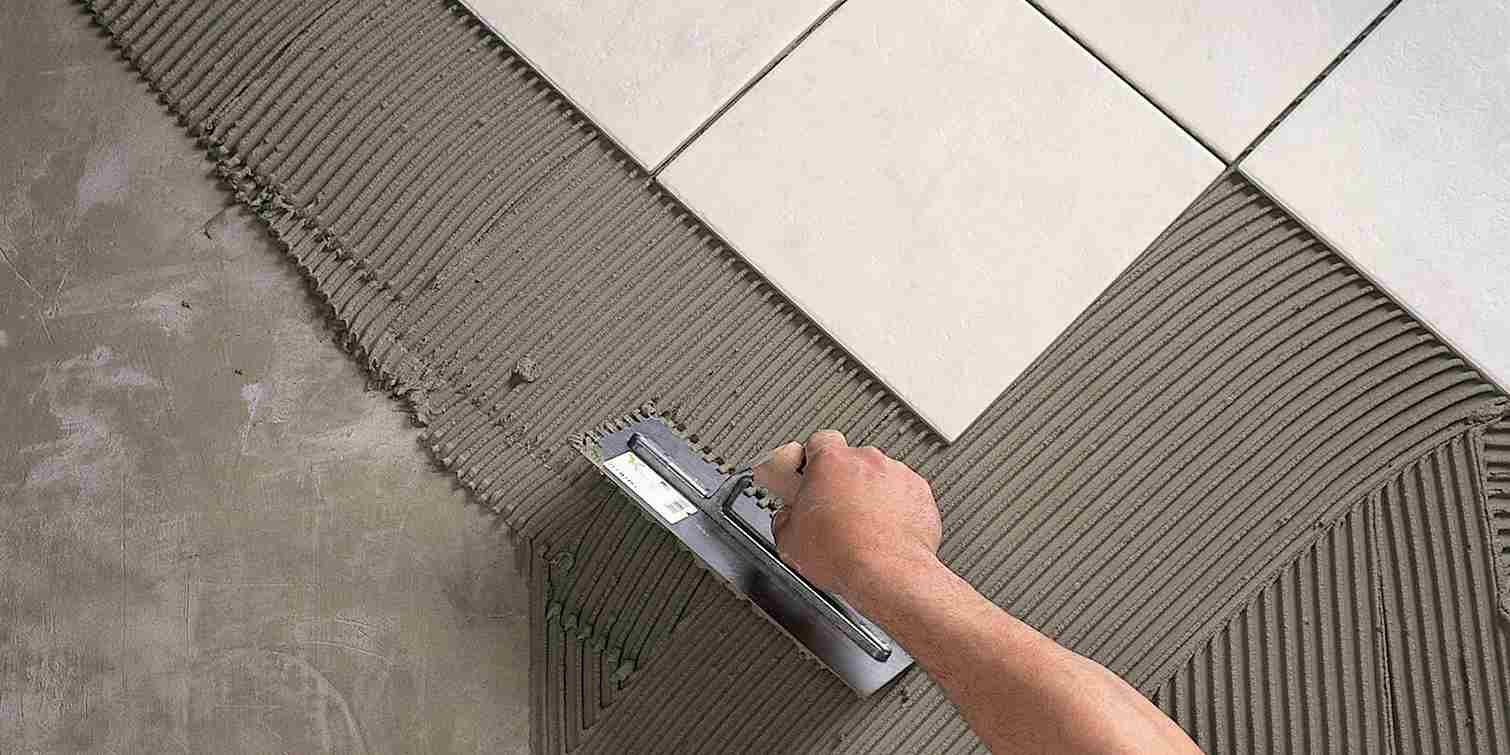
Ceramic tiles tools
To create artwork, we require ceramic tiles tools that make our task simple and economical. Installing tiles and coordinating their hues is now considered an art form. Construction powerful instruments in the building sector will be tiling. Whenever it comes to the concept of tiling tools, there is no opportunity for such ingenuity. It goes without saying that seeing the landlord’s delight and astonishment when he sees the final product is really elegant. Throughout the tile installation process, construction tiling equipment is created and produced for specialized functions. Trying to locate an alternate instrument will, at best, add a substantial amount of time to the project’s completion time. In the worst-case scenario, the replacing tool may destroy the tile or expose the tile maker to harm. The hand-cutting tool is one of the most critical building tiling equipment that a tile designer will require more than anything else.  This instrument is a small, lightweight instrument that is easy to transport. A diamond blade may be used to generate several sorts of tiles with a manual tile cutting tool. When considering this tool, remember that you may easily cut tiles in various proportions, even on a vast scale (26, 36, or even 60 inches). You’ll need a diamond drill to install these cuttings to match the size of the gas and water lines. Creating round holes for pipe and valve installation will require mathematical calculations and the use of precise instruments. If you deal with various materials to install tiles, one of the most fundamental jobs in your job is to get a drill that can install a diamond drill. The capability to drill cavities in wet surfaces distinguishes diamond drills from other drills. This feature inhibits the spread of dust. Having an appropriate tool for tiling gives the ceramic tile’s design a significant overview. We are honored that our sales managers can best guide our customers regarding this issue.
This instrument is a small, lightweight instrument that is easy to transport. A diamond blade may be used to generate several sorts of tiles with a manual tile cutting tool. When considering this tool, remember that you may easily cut tiles in various proportions, even on a vast scale (26, 36, or even 60 inches). You’ll need a diamond drill to install these cuttings to match the size of the gas and water lines. Creating round holes for pipe and valve installation will require mathematical calculations and the use of precise instruments. If you deal with various materials to install tiles, one of the most fundamental jobs in your job is to get a drill that can install a diamond drill. The capability to drill cavities in wet surfaces distinguishes diamond drills from other drills. This feature inhibits the spread of dust. Having an appropriate tool for tiling gives the ceramic tile’s design a significant overview. We are honored that our sales managers can best guide our customers regarding this issue.
